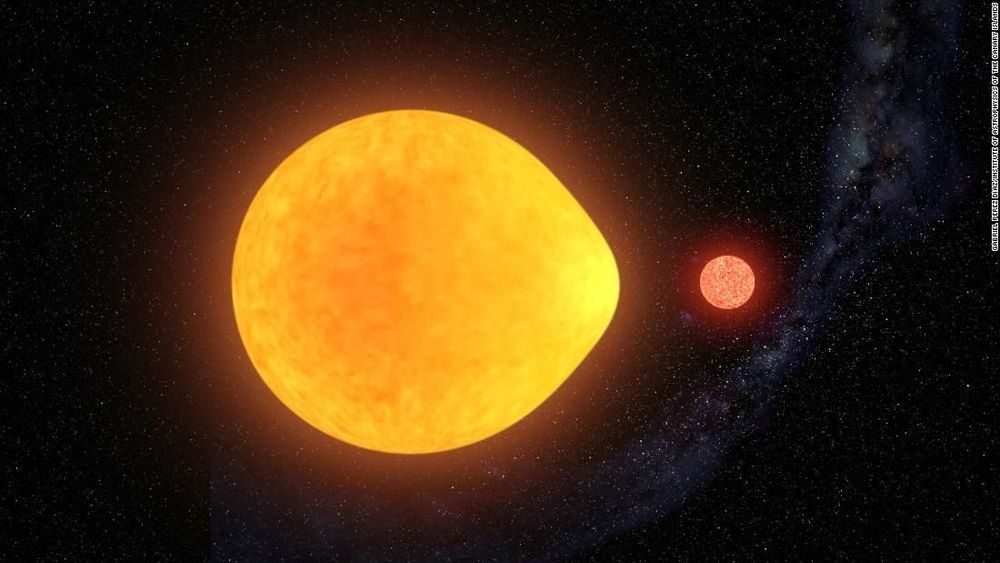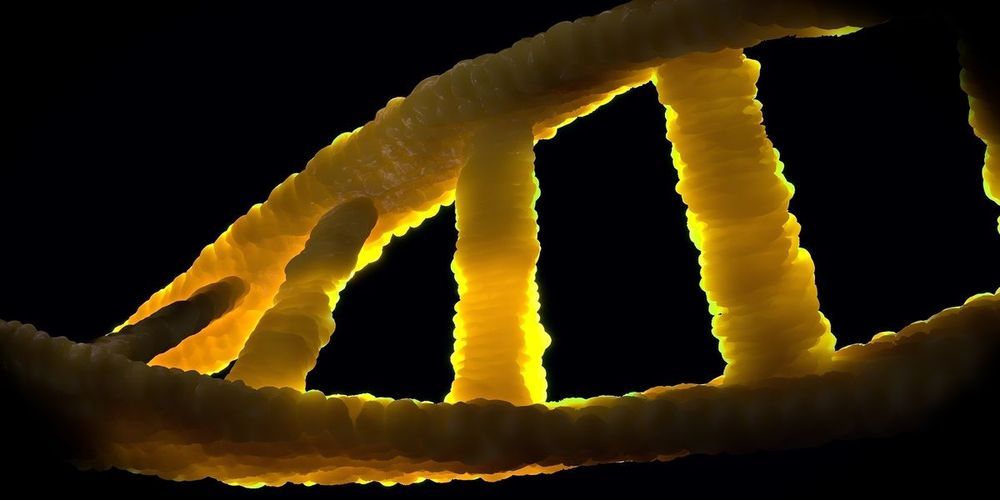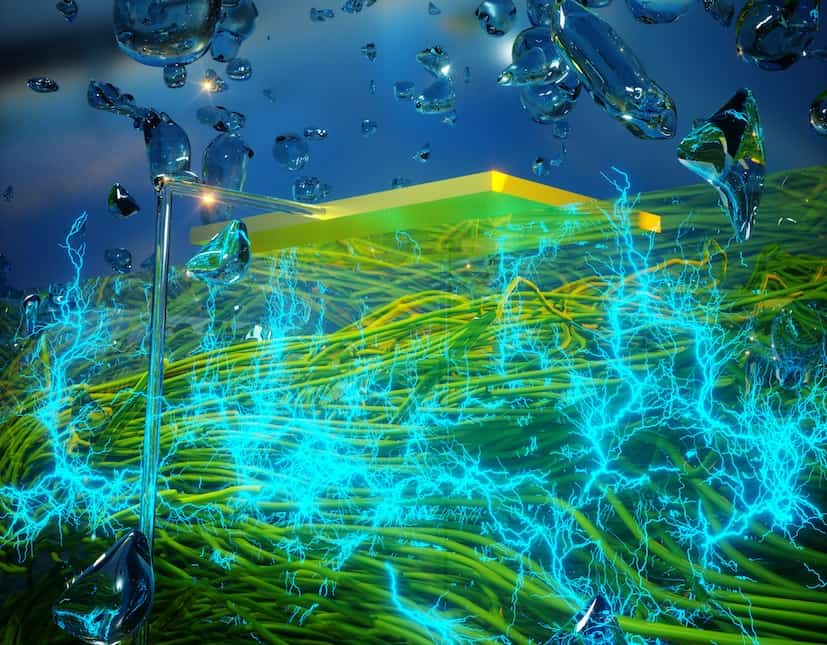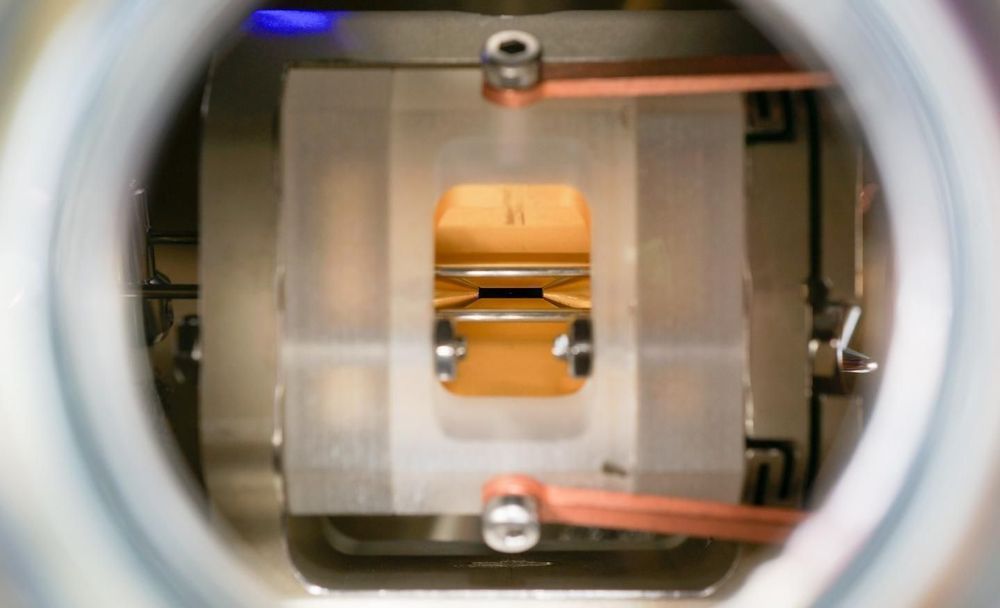From petroglyphs to castles carved into hilltops, explore our night sky through our ancestors at these amazing archaeological sites.



This new star only appears to be pulsating in one hemisphere of its surface.
“We’ve known theoretically that stars like this should exist since the 1980s,” said Don Kurtz, study co-author and inaugural Hunstead Distinguished Visitor at the University of Sydney from the University of Central Lancashire in Britain. “I’ve been looking for a star like this for nearly 40 years and now we have finally found one.”

Since 2012, the gene-editing tool CRISPR/Cas9 has enabled scientists to target and modify DNA with remarkable precision. But one constraint of this technique has been that it’s only able to make changes within single genes. Now, scientists have developed new tools that allow them to cut and splice large chunks of chromosomes, and to assemble new synthetic genomes from distinct strains.
The findings, published in a paper on August 30 in Science, likely have major implications for fields such as synthetic biology, computational biology, and biological computing, and could lead to better treatments for a wide array of diseases.
“This new paper is incredibly exciting and a huge step forward for synthetic biology,” Anne Meyer, a synthetic biologist at the University of Rochester in New York who was not involved in the paper, told Science.

In the end, an audience poll voted in favor of the pro-AI side, but just barely; 51.2 percent of voters felt convinced that AI can help us more than it can hurt us.
The software’s natural language processing was able to identify racist, obscene, or otherwise inappropriate comments and weed them out as being irrelevant to the debate. But it also repeated the same arguments multiple times, and mixed up a statement about bias as being pro-AI rather than anti-AI.
IBM has been working on Project Debater for over six years, and though it aims to iron out small glitches like these, the system’s goal isn’t to ultimately outwit and defeat humans. On the contrary, the AI is meant to support our decision-making by taking in and processing huge amounts of information in a nuanced way, more quickly than we ever could.

Hybrid “power capacitors” that can store as much energy as lithium batteries, but with much higher charge/discharge rates, a huge range of safe operating temperatures, super-long lifespans and no risk of explosion are already in production, says a small Belgian company that’s been testing them and selling them for some time.
Chinese family-owned company Shenzhen Toomen New Energy is tough to find, at least on the English-language internet, but Belgian electronic engineer Eric Verhulst bumped into Toomen representatives on a tiny stand at the Hannover Messe expo in Germany back in 2018, while looking for next-gen battery solutions for an electric mobility startup he was running.
The Toomen team made a hell of a claim, saying they’d managed to manufacture powerful supercapacitors with the energy density of lithium batteries. “Of course, that’s an unbelievable claim,” Verhulst told us. “It’s a factor of 20 better than what, for example, Maxwell had at the time. So I took my time, went over there, looked at their tests, did some tests myself, and I got convinced this is real. So at the end of 2018, we made an agreement to become their exclusive partner.”


Novel phenomenon occurs due to quantum tunnelling and might be exploited in future quantum information technologies.

